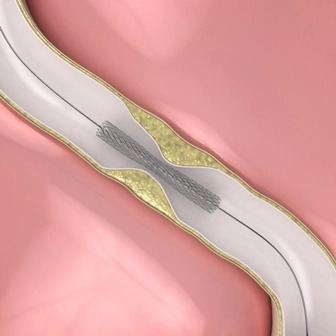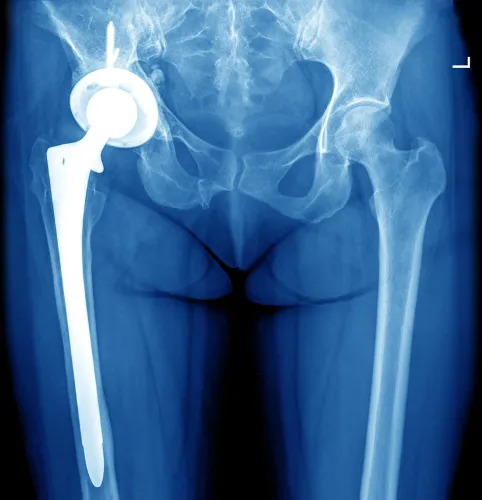Radiology Coding Alert
News: You will See The First Annual Update In ICD-10 Manual Later This Year
Prepare to welcome new codes, additions, and deletions this October.
The CDC has posted a preliminary list of ICD-10-CM changes for October 1 (aka ICD-10-CM 2017), and just in case you don’t want to sort through about 2,000 new codes, here are some new codes of relevance to interventional radiology practices.
The five-year freeze that coders and providers have enjoyed with the ICD-10 system is about to end on Oct. 1, 2016. You can anticipate significant changes going by the information CMS released for public review. If accepted, alterations will include the following:
Plus: The ICD-10 Coordination and Maintenance Committee reviewed proposals for updating ICD-10-CM and PCS. If approved, these would be included in the Oct. 1, 2017, classification system addenda for FY 2018.
Updates allow new or revised codes to encompass recent advances and trends in healthcare. The new codes have arrived sooner than many experts expected.
The committee reviewed 24 diagnosis proposals, such as:
Prepare to Embrace New Codes
In table 1 are listed some new codes of interest. Below is what is new in ICD-10.
1. Step Up Specificity for Aneurysm: ICD-10-CM will likely offer a couple of new options that will allow you to be more specific in your artery aneurysm coding.
2. Be precise for dissection codes: Artery dissection will probably see more specific options in October, as well, with additions to I77.7- (Other arterial dissection).
3. Look at New Congenital Aorta Anomaly Options
If your patients include those with congenital anomalies, you may appreciate the expected addition of a variety of aorta codes, says Christina Neighbors, MA, CPC, CCC, Coding Quality Auditor for Conifer Health Solutions, Coding Quality & Education Department.
The next grouping gives you 10 codes in place of Q25.4 (Other congenital malformations of aorta). See Table 1 for these new codes. You also can expect to see a new option for a rare genetic disorder with Q87.82 (Arterial tortuosity syndrome).
4. See what’s New for Stent Stenosis: Last but certainly not least, you can anticipate new options to report vascular stent stenosis with the new codes listed in table 1. This should be a useful addition, Neighbors says.
Start preparing: In the next few months, make sustained efforts to refine ICD-10 coding practices. Enlist the revisions relevant to your practice and train your staff.
Be warned: The list is not yet final. The CDC will post the final addendum in June.
Resource: To review the complete list, head to ftp://ftp.cdc.gov/pub/Health_Statistics/NCHS/Publications/ICD10CM/2017/NewICD10CMCodes_FY2017.txt.
Stay tuned: We’ll keep you posted once the final addendum comes out. The final addenda with additions/ revisions will be published in June at www.cms.hhs.gov. You can find the ICD-10-CM addendum at www.cdc.gov/nchs/icd/icd10cm.htm. “The code lists that have been posted on the CMS and CDC websites are NOT the final list. The Addenda to be published in June is the complete, final list of code changes going into effect this October,” says Sue Bowman, MJ, RHIA, CCS, FAHIMA, Senior Director of Coding Policy and Compliance at AHIMA.
Editor’s note: Watch this space for updates in the next few issues of Radiology Coding Alert.

Related Articles
Radiology Coding Alert
- Interventional Radiology:
Review Codes For Percutaneous Biliary Interventions and Radiological Assistance
Codes include imaging guidance and radiological supervision. In the past few issues of Radiology Coding [...] - ICD-10 News:
News: You will See The First Annual Update In ICD-10 Manual Later This Year
Prepare to welcome new codes, additions, and deletions this October. The CDC has posted a [...] - Compliance Update:
Follow These Best Practices For Insurance Verification And Safeguard Your Payment
Never default to confirm enforcement of patient’s insurance before first visit. When you are getting [...] - Top 3 Questions That Can Help You Verify Your Patient's Insurance
Before you can verify your patient’s insurance, know what information you need to seek from [...] - Reader Question:
Note the Revisions for Vascular Embolization in 2016
Question: What are the recent 2016 revisions for vascular embolization codes 37241-37244? Are there now any [...] - Reader Question:
Earn for Injections and Radiography in Wrist Arthrography
Question: How do we report wrist arthrography with injections into each of the three wrist compartments [...] - Reader Question:
Displacement and Laterality Guide You for Jones Fracture Coding
Question: What is the most appropriate diagnosis code for Jones fracture? What are the possible options [...] - You Be the Coder:
Target 76776 for US with Doppler
Question: How can we report ultrasound of transplanted kidneys done without duplex Doppler? Does the code [...]




